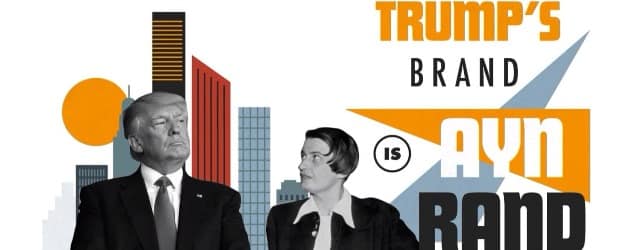How labor laws hobbled one of America’s largest steel producers

On this blog and elsewhere, I have written about how labor laws have weighed down General Motors. There are definite parallels in the steel industry, especially with Bethlehem Steel and its experience with the United Steel Workers. (For those interested, most of my information is being drawn from John Strohmeyer’s Crisis in Bethlehem, an informative journalistic account of Bethlehem Steel’s decline.)
Like General Motors, Bethlehem Steel was an iconic American corporation. It was the second largest steel producer in the United States. It helped build the Golden Gate Bridge, over 1,000 ships during World War II, and much of the New York City skyline. Like General Motors, Bethlehem Steel was also plagued by many union-related problems: disruptive strikes, featherbedding work rules, and pension obligations that grew well beyond what the company could afford.
One significant problem was Clause 2B, a contract stipulation that heavily restricted management’s ability to change “established working practices.” This clause allowed the USW to preserve inefficient working practices simply because they were old. One supervisor explained: “The big payroll padding was in the supplementary forces. … Once you add extra workers to get you through the peak periods, the largest number that served on the work crew becomes locked in. Now it is past practice. The union’s got you. It won’t let you reduce crew size no matter how much production slumps or what labor-saving machines are added.”
For instance, a hot metal crane operator was originally assigned to have a man relieve him every two hours because of the heat inside the cab. But later, when the company air-conditioned the cab, the union refused to eliminate the relief operator job. Why? It was now an established work practice.
Another example: One worker’s sole function was to turn on and off cooling sprays and do nothing else. The job came into existence back when an injured crew member was given this task so that he could work during his recovery. But then the spray-toggling position became an established work practice.
Union work rules made it extremely cumbersome to perform simple tasks in a timely manner. Strohmeyer explains: ”[A] multiplicity of high-paid craftsmen continued to feed on routine jobs that a single worker could perform cheaper and faster. With the industry in peril, an electrician, a motor repairman, and usually a laborer still had to be called in on a simple motor repair job, even if only a fan belt adjustment was needed.” The work rules and job categories got so absurd that employees had to contact a USW-recognized electrician to change a light bulb.
Why would Bethlehem’s management ever agree to something like Clause 2B? Here is a theory that I advanced in my article on GM’s experience with the UAW:
If labor relationships were completely voluntary, executives would be free to refuse any union demand that they considered unreasonable, and to even expunge persistently troublesome unions from their facilities. However, businessmen lack this freedom today. Labor laws such as the Wagner Act of 1935 prohibit businessmen from discouraging workers from unionizing, force them to recognize a union if it gets enough votes, and force the company to bargain with its union.
In practice, this pushes business and labor into a forced marriage of sorts. Unions … can get away with making demands that are hard to imagine employers entertaining, if they were free to say no without legal repercussions. Forced between a rock and a hard place, employers … must cave in to some of these demands or risk facing costly and time-consuming litigation over whether they were negotiating “in good faith.”
Bethlehem Steel declared bankruptcy in the early 2000s and was subsequently liquidated. Labor laws certainly contributed to its decline.



